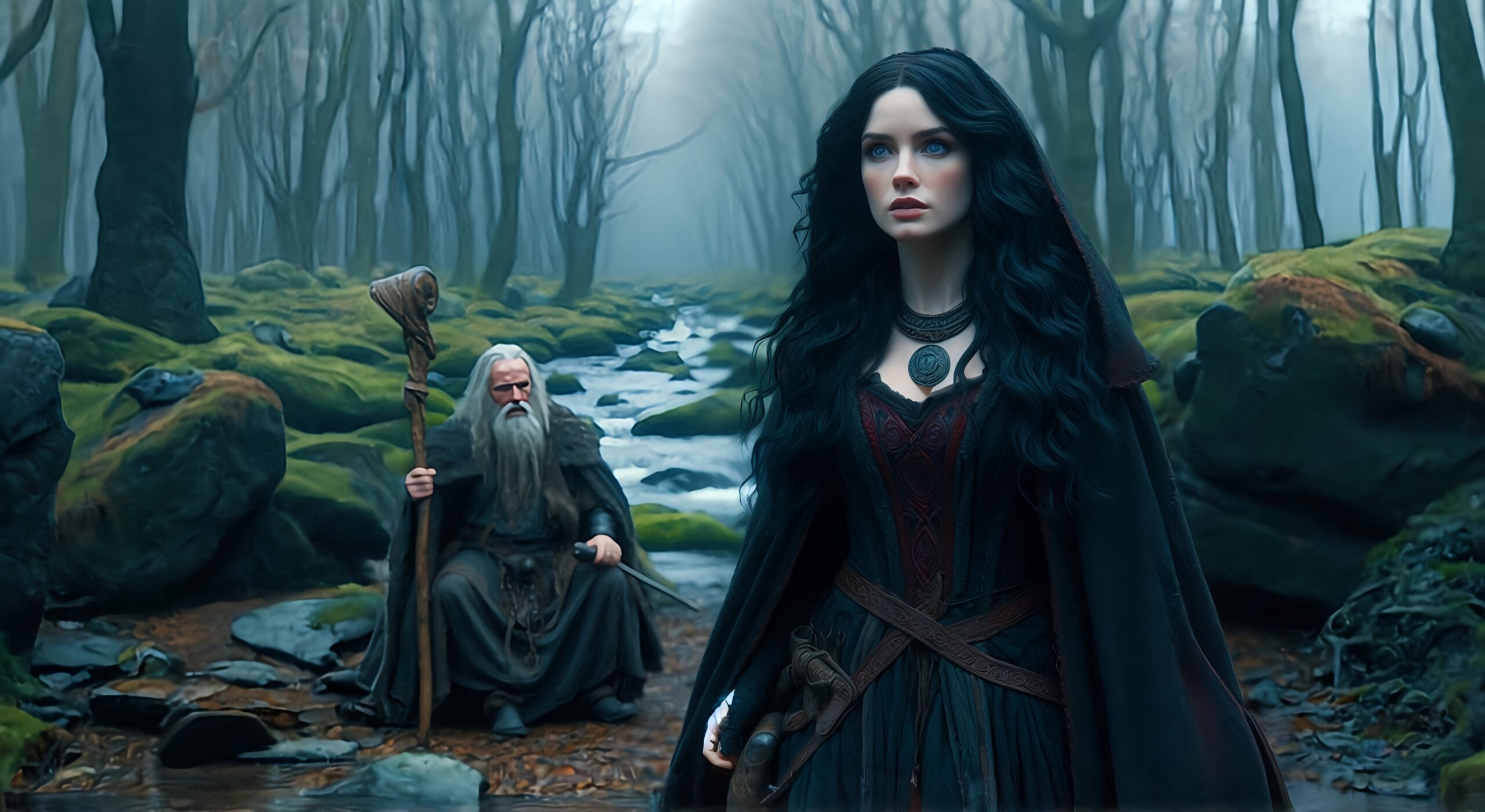As we near Samhain I would like to take this opportunity to discuss some of the mythology concerning Samhain and the Second Battle of Moytura.
Mythology is not, as many assume, fiction. Mythology is the language of the Gods. Mythology is one of the ways in which the Gods and Goddesses connect with us. Therefore, it would be in an enemies best interest to subvert our mythology, thus giving us a wrong idea about the nature of our Gods and Goddesses.
While one might ask; why not just destroy the mythology? There are a number of reason why distortion is preferable to destruction. Not least of which is the fact that the Gods and Goddesses are real. Our ancestors were hard polytheists. They did not see the Gods and Goddesses as metaphors or archetypes. No, they understood the reality of their Gods and Goddesses as well as the truth that all things in nature possess a spirit or soul. In this context, destruction of the mythology becomes impossible as the Gods and Goddesses would simply instruct those making offerings and sacrifices to regain those truths. However, by distorting the mythology our enemies provide their version of our religion while at the same time subverting anyone attempting to regain this knowledge from the Gods and Goddesses.
Concerning the mythology surrounding the Second Battle of Moytura, we can see issues with the “official story.” First, and most obvious, is the painting of the Morrigan as a Goddess of war. This concept was foreign to our Druidic ancestors as they did not attribute Gods and Goddesses in the same way as the Indo-Mediterraneans did.
The Morrigan is our Mother, our Great Queen, and our Goddess. It is in these roles that we can better understand her role in the Second Battle of Moytura.
In the role of Mother, she instructs Lugh to take up the battle against the Fomorians in order to save Ireland and its people, her children. In her role as the Sovereign Goddess of Ireland, she works with the Dagda to formulate, and carry out, a plan that ensures the defeat of the Fomorians. She does take it upon herself to defeat the Fomorian king. However, this is not done in connection with a “war Goddess” attribute, but rather in her role of the Sovereign of Ireland. Finally, she offers three prophecies after the battle in her role as Great Queen.
The Second Battle of Moytura can also be seen as a prophetic battle between the true religion of Ireland and Celtic Briton, and the invading Christian religion. In this way, the Fomorians represent the Christian Church with the Fomorian king representing Jesus. The battle takes place at Samhain, a festival that is often fought against by Christians. The Morrigan is calling her children just as she called Lugh and had the Dagda gather the men of Ireland at the ford of the river. Victory over Christianity comes not with a large and splendorous battle for all to see. No, it comes individually. By embracing the Morrigan’s call to battle against the Fomorians, she will reciprocate by defeating their king in our individual lives, thus severing any bonds that we were under.
On this Samhain, let us all embrace the battle against the Abrahamic cults and cling to our Gods and Goddesses with the full knowledge that they stand ready to help us, as long as we are willing to do our part.

